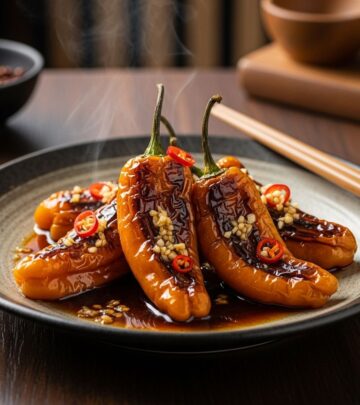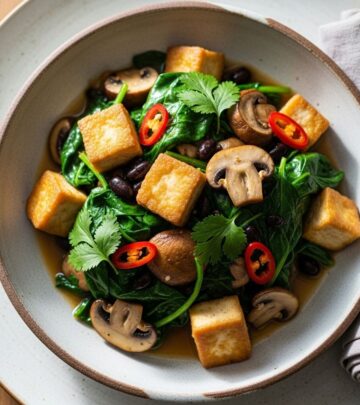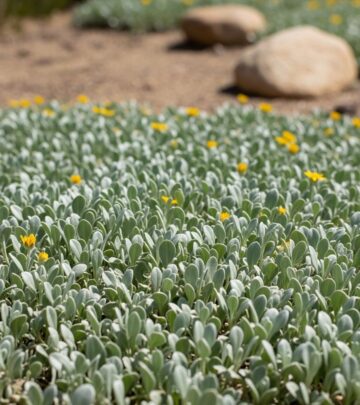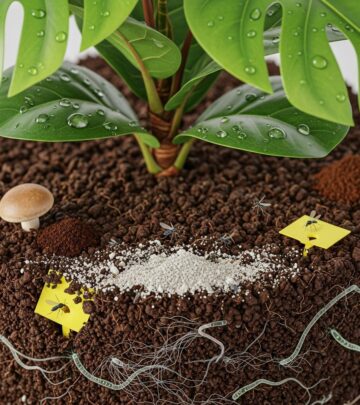20 Essential Mediterranean Herbs & Spices for Your Garden
Sun-loving plants that deliver bold flavor and vibrant blossoms in warm, dry conditions.
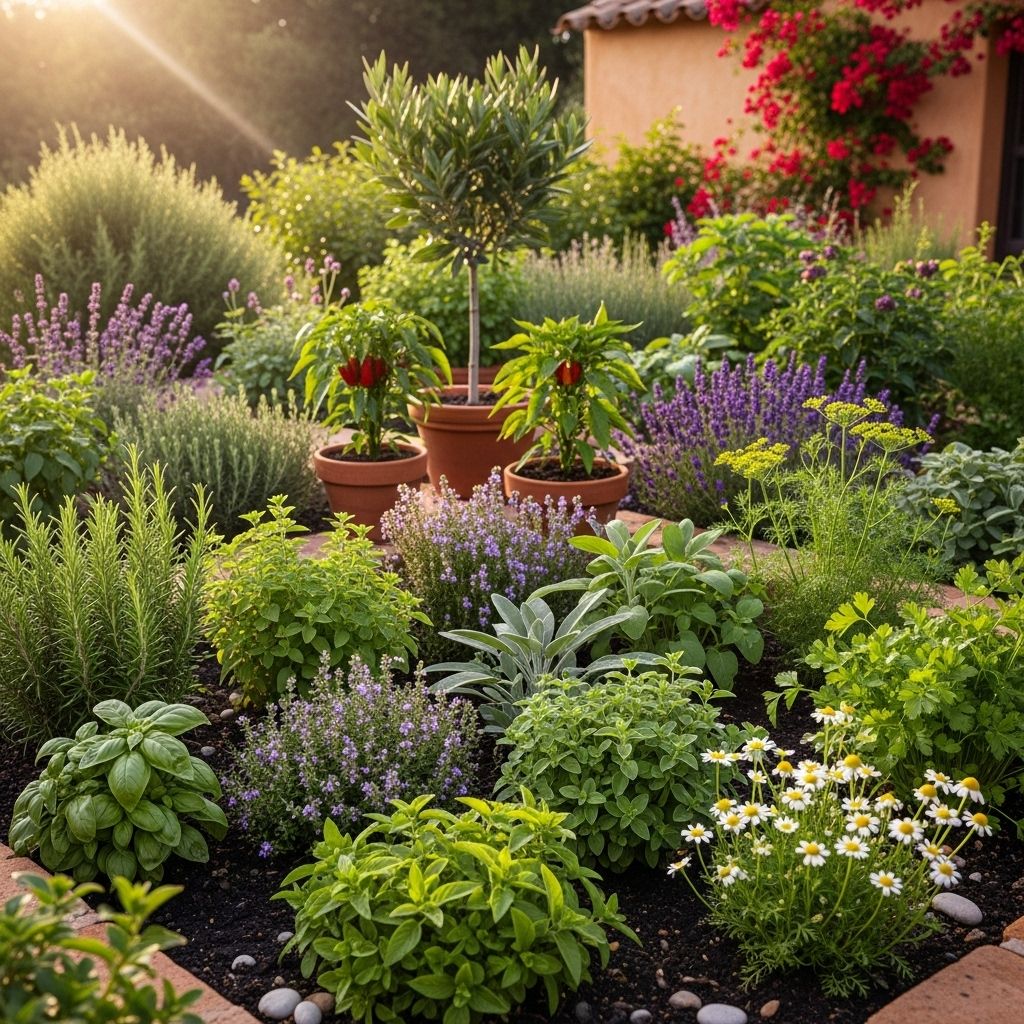
Image: HearthJunction Design Team
Mediterranean herbs and spices are celebrated for their ability to transform everyday meals and add fragrance and beauty to gardens worldwide. Originating from the sun-soaked regions around the Mediterranean Sea, these herbs thrive in warm climates and well-draining soils, and they are known for their bold flavors and ease of cultivation. Whether you’re a culinary enthusiast or a dedicated gardener, integrating Mediterranean herbs into your garden will reward you with a continuous harvest and a diverse palette of flavors.
Understanding Mediterranean Herbs & Their Appeal
These herbs bring a distinct regional character to dishes, allowing home cooks to create flavors reminiscent of Greek, Turkish, Italian, and North African cuisines with ease. Their status as pantry staples underscores their culinary importance, and the majority are also prized for their medicinal and ornamental qualities. Best of all, most Mediterranean herbs are remarkably easy to grow, making them perfect choices for both novice and experienced gardeners.
Growing Conditions & General Care
- Climate: Favor warm, sunny locations with mild winters.
- Soil: Well-draining, often sandy or rocky. Avoid soggy soil to prevent root rot.
- Watering: Most prefer infrequent, deep watering to mimic drought-resistant conditions.
- Harvesting: Regular harvesting promotes bushy growth and maximum flavor.
- Companions: These herbs grow well together and can be interplanted for a thriving herb garden.
The Top 20 Mediterranean Herbs & Spices
Each herb offers its own unique aromas, flavors, and uses. Below, discover 20 essential Mediterranean herbs and spices you can grow in your garden, complete with key cultivation and culinary notes.
Rosemary (Salvia rosmarinus)
Famed for its pungent flavor and needle-like leaves, rosemary is an indispensable Mediterranean herb. Its tiny blue blossoms attract pollinators, and both the leaves and woody stems are used in cooking—the stems can double as aromatic skewers for grilling.
- Growth Form: Prostrate and upright bushy types.
- Use: Fresh for robust flavor in meats, breads, and stews.
Oregano (Origanum vulgare)
This herb brings a classic earthy, peppery note to Italian and Greek cuisine. It’s easy to grow and becomes bushy under full sun.
- Use: Essential for pizza, pasta sauces, and marinades.
- Tip: Harvest before flowering for the strongest flavor.
Thyme (Thymus vulgaris)
Thyme’s tiny, aromatic leaves are central in Mediterranean stews and roasts, and the plant is highly drought-tolerant.
- Growth: Forms dense mats—ideal for borders.
- Flavor: Earthy and slightly minty.
Sage (Salvia officinalis)
With its silvery leaves and savory, slightly peppery taste, sage is a staple for stuffing and poultry dishes.
- Growth: Bushy perennial; prune to avoid woodiness.
- Use: Fresh or dried in meats and holiday recipes.
Basil (Ocimum basilicum)
Basil is a fast-growing annual with a sweet, peppery flavor. It’s irreplaceable in Mediterranean salads, pesto, and pasta dishes.
- Growth: Thrives in heat; pinch flowers for more leaves.
- Tip: Multiple varieties—Genovese, Greek, Lemon, and more.
Parsley (Petroselinum crispum)
This bright herb comes in flat-leaf and curly varieties, and is essential in tabbouleh and sauces.
- Growth: Biennial, often grown as an annual.
- Use: Garnishes, salads, and sauces.
Bay Laurel (Laurus nobilis)
The classic bay leaf imparts depth to soups, stews, and braises. The plant is a slow-growing evergreen shrub.
- Care: Container adaptable in colder regions.
- Use: Add whole leaves to sauces; remove before serving.
Marjoram (Origanum majorana)
Closely related to oregano, marjoram is sweeter and milder, frequently used fresh for salads and dressings.
- Growth: Short-lived perennial; treat as an annual in cool climates.
Mint (Mentha spp.)
Mint brings refreshing aromatics to Middle Eastern salads, teas, and desserts. It spreads rapidly, so best contained in pots.
- Tip: Choose spearmint or peppermint for varied flavors.
Fennel (Foeniculum vulgare)
This herb offers a delicate, anise-like flavor. Both the bulb and feathery fronds are edible, and its seeds are used as a spice.
- Growth: Tall, upright; allow space in the garden.
Chives (Allium schoenoprasum)
Chives taste mildly onion-like and produce edible, attractive purple flowers.
- Use: Finely chopped in dips, salads, and as garnish.
Tarragon (Artemisia dracunculus)
With slender leaves and a subtle anise flavor, tarragon is prized in French and Mediterranean sauces and chicken dishes.
- Growth: Prefers sun and well-drained soil; French tarragon is best for culinary uses.
Dill (Anethum graveolens)
Dill provides feathery leaves and seeds for pickling, salads, and seafood. It bolts quickly in heat, so sow successively for a long harvest.
Lavender (Lavandula spp.)
Known for its fragrant blooms and foliage, lavender is used in both sweet and savory dishes, as well as for aromatherapy.
- Growth: Drought-tolerant shrub; thrives in full sun.
Coriander/Cilantro (Coriandrum sativum)
This dual-purpose herb provides fresh leaves (cilantro) and dried seeds (coriander). Used in Mediterranean, Middle Eastern, and Latin cuisines.
- Tip: Harvest leaves early, as it bolts in hot weather.
Lemon Balm (Melissa officinalis)
This perennial member of the mint family offers a lemony scent, perfect for tea and desserts. It spreads readily and attracts bees.
Summer Savory (Satureja hortensis)
With peppery, thyme-like leaves, summer savory is ideal for beans, meats, and egg dishes. It is grown as an annual.
Oregano vs. Marjoram: A Quick Comparison
| Herb | Flavor | Use | Growth Habit |
|---|---|---|---|
| Oregano | Bold, earthy, peppery | Pizza, sauces, grills | Perennial, bushy |
| Marjoram | Mild, sweet, floral | Salads, dressings, fresh dishes | Tender perennial, compact |
Other Mediterranean Herbs & Spices to Try
- Anise: Licorice flavor, used in baking and liqueurs.
- Caraway: Earthy seeds, ideal for breads and cheeses.
- Rue: Strong, slightly bitter—used sparingly in traditional recipes.
- Horehound: Used for herbal candies and teas.
- Bay: Evergreen shrub, similar to bay laurel.
Tips for a Thriving Mediterranean Herb Garden
- Drainage is key: Amend soil with sand or gravel for better results.
- Sunlight: Position your garden where it receives at least 6–8 hours of sun daily.
- Prune regularly: Keeps plants bushy and productive—especially rosemary, sage, and thyme.
- Container gardening: Many Mediterranean herbs thrive in pots—ideal for patios and balconies.
- Rock gardens: Many species grow well in rockeries, which mimic their native habitat.
Frequently Asked Questions (FAQs)
Q: Can Mediterranean herbs survive winter in colder climates?
A: While some, like rosemary and bay laurel, are not frost-hardy, they can be grown in containers and brought indoors or overwintered under protection. Many other herbs are annuals or can be regrown each year.
Q: How often should I water Mediterranean herbs?
A: Most Mediterranean herbs prefer their soil to dry out between waterings. Water deeply but infrequently to mimic their natural climate and prevent root rot.
Q: Which Mediterranean herbs can be grown indoors?
A: Herbs like basil, parsley, chives, oregano, thyme, and mint can all be grown indoors given sufficient light (ideally a sunny windowsill or grow light) and well-draining potting mix.
Q: What are the best culinary combinations for these herbs?
A: Classic pairings include rosemary with roasted lamb or potatoes, oregano with tomato-based Italian dishes, thyme in poultry and stews, and mint in refreshing salads and teas.
Conclusion: Savor the Mediterranean in Your Garden
Add a taste of the Mediterranean to your culinary and gardening adventures by cultivating a variety of these herbs and spices. Their aromas, flavors, and beauty will enliven your kitchen and outdoor spaces alike. Whether you’re filling a rock garden, window box, or raised bed, the essential Mediterranean herbs offer year-round inspiration and a true sense of place in your garden.
References
Read full bio of Srija Burman

